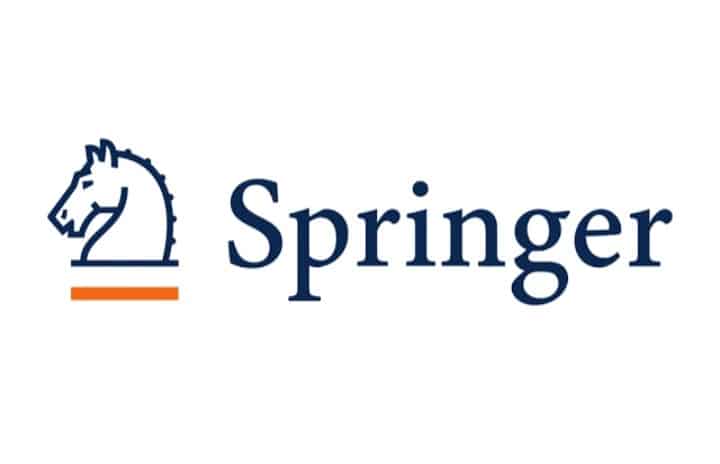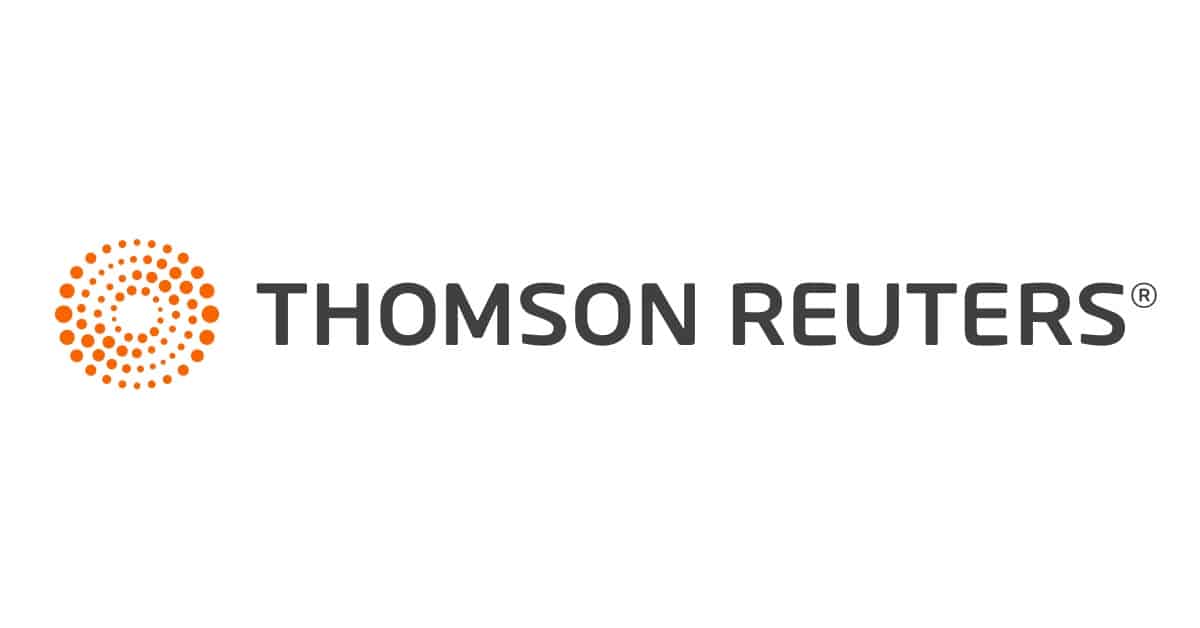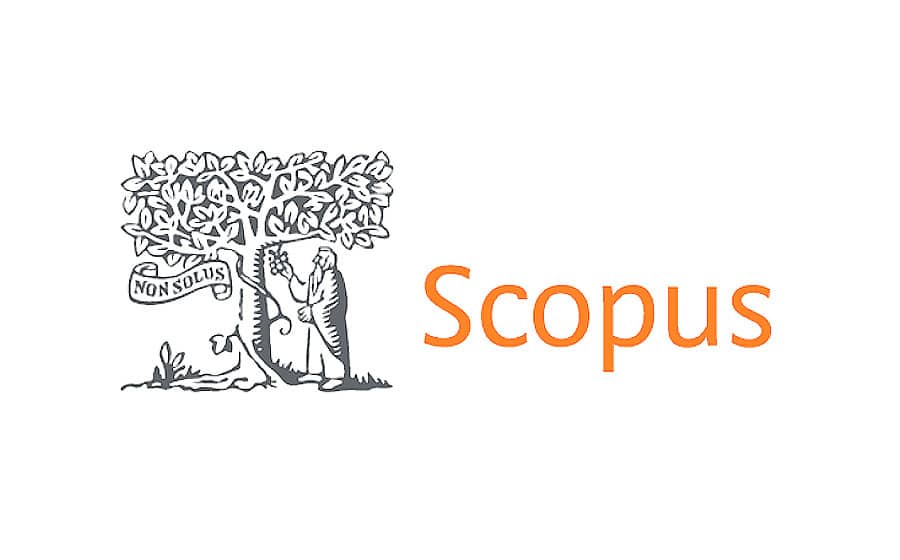Join Masterclass to Publish Your Paper
The outline of the Masterclass sessions will introduce all the steps from identifying the paper topic, and CFD simulation to publishing your article in a well-known journal by holding training sessions.
Join Masterclass
UK Office: +44 7443 197273
Email: [email protected]
WhatsApp: +44 7443 197273
Telegram: @MR_CFD_LTD_UK
Paper Publishment Steps
- In order to publish your paper, it is enough to participate in a masterclass and share your desired Article Subject with us. We will consult you in choosing an appropriate subject that could give a successful result.
- In the next step, your CFD Simulation will be carried out under MR-CFD simulation experts’ supervision from geometry and mesh to set a proper case for modeling. We will support and lead you through every problem you may face during the simulation and scenario.
- After the simulation step, we will consult in Writing the Manuscript of the paper. Its text will be quality-checked until it gets ready to submit to a well-known journal.
- Thereafter, you can Submit your paper where you want or entrust us until your article is published in a prestigious journal.
For more information, contact [email protected] or leave a message on WhatsApp (+44 7443 197273).
What is a Publisher?
Scientific article publishers play a crucial role in the dissemination of research and knowledge in the scientific community. These publishers produce and publish scientific journals, books, and other materials that contain the latest research findings and analyses in a variety of fields, including biology, chemistry, physics, and medicine.
Some of the most well-known scientific article publishers include Elsevier, Springer, and Wiley.
Elsevier is a global publisher of scientific, technical, and medical content. It publishes over 2,500 journals and more than 35,000 book titles and has a strong presence in the fields of health sciences and social sciences.



Overall, scientific article publishers play a vital role in the scientific community by providing a platform for researchers to share their findings and contribute to the advancement of knowledge in their field. They also ensure that this research is made widely available to other scientists, students, and the general public, helping to foster a culture of collaboration and curiosity.
What is the Journal’s Evaluation criteria?
Impact factor, Cite Score, acceptance rate, time to 1st decision, and time to publication are all important factors that are often used to evaluate the quality and prestige of scientific journals. These metrics can be useful for researchers when deciding where to submit their work for publication, and for institutions and funding agencies when considering which journals to support.
Impact factor is a measure of the frequency with which the average article in a journal has been cited in a particular year. It is calculated by dividing the number of citations in a given year by the total number of articles published in the two preceding years. A journal with a high impact factor is considered to be more influential and important than one with a low impact factor.
Cite Score is a metric developed by Elsevier that measures the average number of citations received by the articles published in a journal over a three-year period. Like the impact factor, it is used as an indicator of the journal’s influence and impact.
Acceptance rate is the percentage of submitted articles that are accepted for publication in a particular journal. A journal with a high acceptance rate is generally considered to be less selective and may have lower standards for publication compared to a journal with a low acceptance rate.
Time to 1st decision is the length of time it takes for a journal to make a decision on whether to accept or reject an article after it has been submitted. This can vary widely depending on the journal and the subject matter of the article.
Time to publication is the length of time it takes for an accepted article to be published after it has undergone peer review and any necessary revisions. This can also vary widely depending on the journal and the complexity of the article.
In general, journals with higher impact factors, Cite Scores, acceptance rates, and shorter times to 1st decision and publication, are considered to be more prestigious and may be preferred by researchers when choosing where to submit their work. However, these metrics should not be the only consideration when evaluating a journal, as they do not necessarily reflect the quality or importance of the research being published. Other factors, such as the journal’s focus and audience, the relevance of the research to the field, and the reputation of the editor and editorial board, should also be taken into account.
What is Indexing criteria?
Indexing is the process of adding a journal or its articles to a database, such as an abstracting and indexing (A&I) service or a search engine. This makes it easier for researchers and other interested parties to discover and access the journal’s content.
There are several criteria that may be used to determine whether a journal is eligible for indexing. These criteria may vary depending on the specific A&I service or search engine, but some common factors that are typically considered include:
- Quality of the journal: The journal’s reputation and the quality of its content are important considerations when deciding whether to index it. This may include factors such as the journal’s impact factor, the credentials of the editorial board, and the level of peer review used to evaluate submitted articles.
- Relevance of the journal: The journal’s focus and scope should be relevant to the A&I service or search engine’s audience. For example, a journal that focuses on a niche topic within a specific discipline may not be suitable for an A&I service that covers a broad range of fields.
- Regularity of publication: To be eligible for indexing, a journal should have a consistent publication schedule and should not have long periods of inactivity.
- Format and accessibility of the journal: The journal should be published in a format that is easily accessible and compatible with the A&I service or search engine. This may include digital formats such as PDF or HTML.
- Copyright and licensing: The journal should have clear copyright and licensing policies that allow for the indexing of its content.
By being indexed, a journal’s content becomes more visible and accessible to researchers and other interested parties. This can increase the impact and visibility of the journal and its articles, and may also lead to increased citations and recognition for the authors.
Thomson Reuters and Scopus are two of the leading abstracting and indexing (A&I) services that provide indexing and citation data for scholarly journals and other research outputs. Both services use a range of criteria to evaluate and select journals for inclusion in their databases.
Thomson Reuters’ A&I service, called the Web of Science, covers a wide range of disciplines and includes over 23,000 journals. To be eligible for inclusion in the Web of Science, a journal must meet the following criteria:
- Quality and content: The journal should have a strong reputation and publish high-quality research that is of interest to the scientific community. This may include factors such as the journal’s impact factor and the credentials of its editorial board.
- Relevance and scope: The journal’s focus and scope should be relevant to the Web of Science’s audience, which includes researchers and other interested parties across a range of disciplines.
- Regularity of publication: The journal should have a consistent publication schedule and should not have long periods of inactivity.
- Format and accessibility: The journal should be published in a digital format that is easily accessible and compatible with the Web of Science.
- Copyright and licensing: The journal should have clear copyright and licensing policies that allow for the indexing of its content.
Scopus is another major A&I service that covers a wide range of scientific, technical, and medical content. To be eligible for inclusion in Scopus, a journal must meet the following criteria:
- Quality and content: The journal should publish high-quality research that is of interest to the scientific community. This may include factors such as the journal’s impact factor, the credentials of its editorial board, and the level of peer review used to evaluate submitted articles.
- Relevance and scope: The journal’s focus and scope should be relevant to Scopus’s audience, which includes researchers and other interested parties across a range of disciplines.
- Regularity of publication: The journal should have a consistent publication schedule and should not have long periods of inactivity.
- Format and accessibility: The journal should be published in a digital format that is easily accessible and compatible with Scopus.
- Copyright and licensing: The journal should have clear copyright and licensing policies that allow for the indexing of its content.
By being indexed in Thomson Reuters’ Web of Science or Scopus, a journal’s content becomes more visible and accessible to researchers and other interested parties. This can increase the impact and visibility of the journal and its articles, and may also lead to increased citations and recognition for the authors.
What are the most popular Computational Fluid Dynamics top thirty journals?
There are many journals that publish research in the field of computational fluid dynamics (CFD), and the popularity of a particular journal may depend on factors such as its impact factor, the quality and relevance of its content, and the reputation of its editorial board. Here are 30 popular CFD journals that are widely recognized in the field:
- Journal of Fluids Engineering: Published by the American Society of Mechanical Engineers (ASME), this journal covers a wide range of topics in fluid mechanics and CFD, including fluid flow, heat and mass transfer, and turbulence.
- International Journal of Heat and Fluid Flow: Published by Elsevier, this journal covers topics related to CFD and heat and mass transfer in fluids and gases.
- Flow, Turbulence and Combustion: Published by Springer, this journal covers a wide range of topics in fluid mechanics, including CFD and turbulence modeling.
- Journal of Computational Physics: Published by Elsevier, this journal covers a wide range of topics in computational physics, including CFD and numerical methods for solving fluid dynamics problems.
- Journal of the Korean Society for Aeronautical and Space Sciences: Published by the Korean Society for Aeronautical and Space Sciences, this journal covers a wide range of topics in aeronautical and space science, including CFD and fluid dynamics.
- Journal of Fluid Mechanics: Published by Cambridge University Press, this journal covers a wide range of topics in fluid mechanics, including CFD and turbulence modeling.
- Journal of Wind Engineering and Industrial Aerodynamics: Published by Elsevier, this journal covers a wide range of topics in wind engineering and industrial aerodynamics, including CFD and fluid dynamics.
- Journal of Aerospace Engineering: Published by the American Society of Civil Engineers, this journal covers a wide range of topics in aerospace engineering, including CFD and fluid dynamics.
- Journal of Hydrodynamics: Published by Elsevier, this journal covers a wide range of topics in hydrodynamics, including CFD and fluid dynamics.
- Journal of Hydraulic Research: Published by the International Association for Hydraulic Research, this journal covers a wide range of topics in hydraulic engineering, including CFD and fluid dynamics.
- Journal of Fluid Structure Interaction: Published by Elsevier, this journal covers a wide range of topics in fluid structure interaction, including CFD and fluid dynamics.
- Journal of Computational and Applied Mechanics: Published by Elsevier, this journal covers a wide range of topics in computational and applied mechanics, including CFD and fluid dynamics.
- Computers & Fluids: Published by Elsevier, this journal covers a wide range of topics in computational fluid dynamics and fluid mechanics.
- Journal of Engineering for Gas Turbines and Power: Published by the American Society of Mechanical Engineers (ASME), this journal covers a wide range of topics in gas turbine and power engineering, including CFD and fluid dynamics.
- International Journal of Numerical Methods for Heat & Fluid Flow: Published by Emerald Group Publishing, this journal covers a wide range of topics in numerical methods for heat and fluid flow, including CFD.
- Journal of Non-Newtonian Fluid Mechanics: Published by Elsevier, this journal covers a wide range of topics in non-Newtonian fluid mechanics, including CFD and fluid dynamics.
- Journal of Turbomachinery: Published by the American Society of Mechanical Engineers (ASME), this journal covers a wide range of topics in turbomachinery, including CFD and fluid dynamics.
- Experiments in Fluids: Published by Springer, this journal covers a wide range of topics in fluid mechanics and CFD, with a particular focus on experimental methods.
- Journal of Aerospace Engineering Sciences: Published by the American Institute of Aeronautics and Astronautics, this journal covers a wide range of topics in aerospace engineering, including CFD and fluid dynamics.
- Journal of Propulsion and Power: Published by the American Institute of Aeronautics and Astronautics, this journal covers a wide range of topics in propulsion and power, including CFD and fluid dynamics.
- Journal of the Brazilian Society of Mechanical Sciences and Engineering: Published by the Brazilian Society of Mechanical Sciences and Engineering, this journal covers a wide range of topics in mechanical engineering, including CFD and fluid dynamics.
- Journal of Hydrodynamic Research: Published by the National Research Council of Canada, this journal covers a wide range of topics in hydrodynamics, including CFD and fluid dynamics.
- Journal of Waterway, Port, Coastal, and Ocean Engineering: Published by the American Society of Civil Engineers, this journal covers a wide range of topics in waterway, port, coastal, and ocean engineering, including CFD and fluid dynamics.
- Chinese Journal of Oceanology and Limnology: Published by the Chinese Society of Oceanology and Limnology, this journal covers a wide range of topics in oceanology and limnology, including CFD and fluid dynamics.
- Journal of the International Association for Hydro-Environment Engineering and Research: Published by the International Association for Hydro-Environment Engineering and Research, this journal covers a wide range of topics in hydro-environment engineering and research, including CFD and fluid dynamics.
- Journal of Offshore Mechanics and Arctic Engineering: Published by the American Society of Mechanical Engineers (ASME), this journal covers a wide range of topics in offshore mechanics and arctic engineering, including CFD and fluid dynamics.
- Journal of Ship Research: Published by the Society of Naval Architects and Marine Engineers, this journal covers a wide range of topics in ship research, including CFD and fluid dynamics.
- Journal of the International Council for the Exploration of the Sea: Published by the International Council for the Exploration of the Sea, this journal covers a wide range of topics in marine science and oceanography, including CFD and fluid dynamics.
- Journal of Ocean Engineering and Marine Energy: Published by Springer, this journal covers a wide range of topics in ocean engineering and marine energy, including CFD and fluid dynamics.
- Ocean Modelling: Published by Elsevier, this journal covers a wide range of topics in ocean modeling and simulation, including CFD and fluid dynamics.
These are just a few examples of the many journals that publish research in the field of CFD. There are many other notable CFD journals that are also widely recognized in the field.



